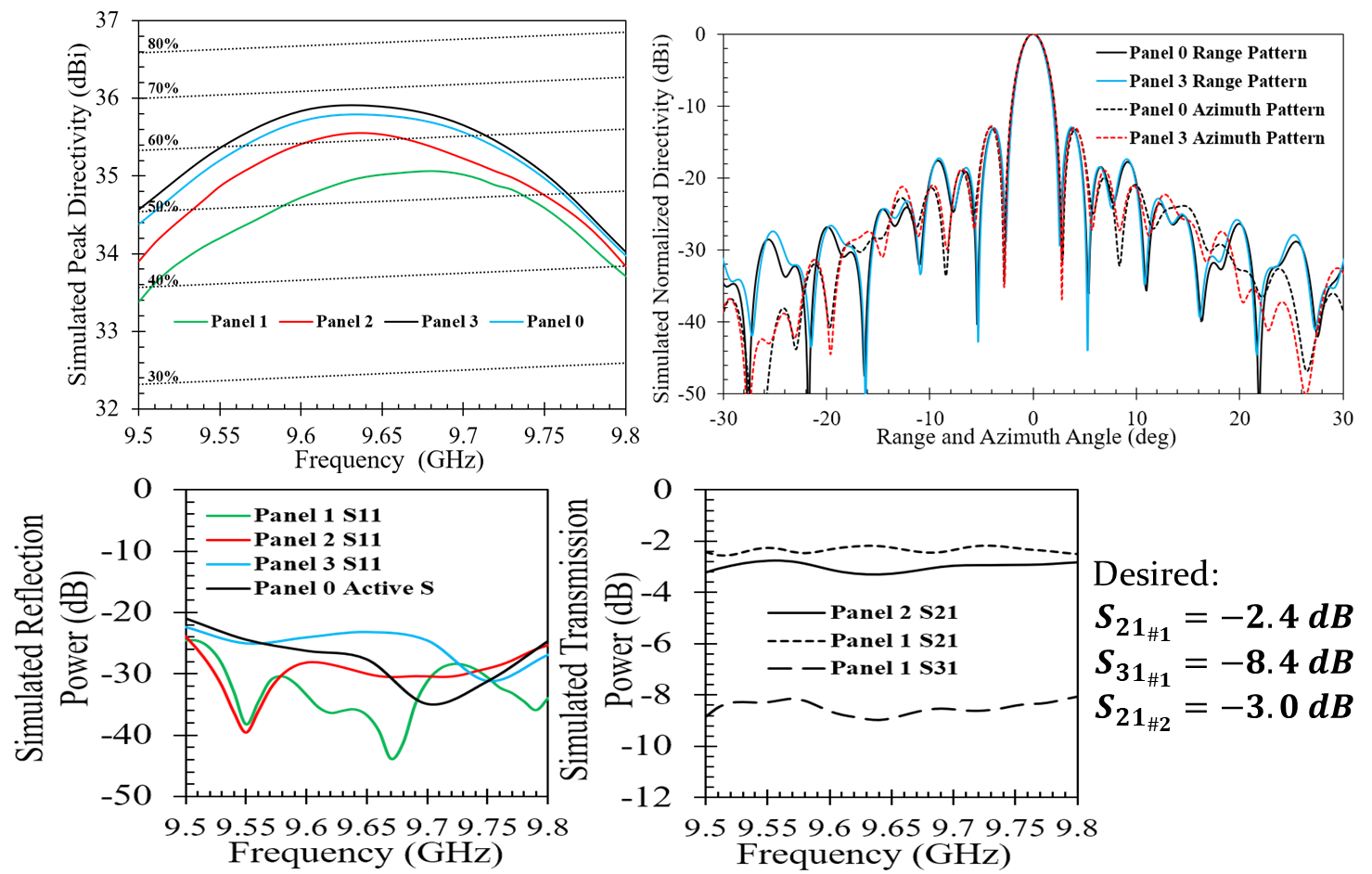Small synthetic aperture radar satellite
JAXA Supercomputer System Annual Report April 2017-March 2018
Report Number: R17ECMP07
Subject Category: Competitive Funding
- Responsible Representative: Takahiro Yamada, Institute of Space and Astronautical Science, Division of Spacecraft Engineering
- Contact Information: Tomoya Fukami fukami.tomoya@ac.jaxa.jp
- Members: Tomoya Fukami, Hirobumi Saito, Kengo Ando, Pyne Budhaditya, Prilando Rizki Akbar
Abstract
We are goint to develop synthetic aperture radar system that can be onboard on a 100kg class satellite and to verify it on ground. Conventionally radar observations have required large or medium satellite with 500-1000kg mass. Our research and development may change earth observation drastically.
Reference URL
Please refer to ‘Impulsing Paradigm Change through Disruptive Technologies Program ImPACT: R&D Programs‘.
Reasons for using JSS2
We utilize super-computer for design of slot array antennas dedicated for small synthetic aperture radar. Design of slot array antenna requires a super-computer that is provided with high speed and large memory.
Achievements of the Year
We performed simulation for 4 panels antenna and antenna network feeder system for antenna panels array. Here the, we simplified the simulation of network feeder system for 7 antenna panels array with 3.5 antenna panels array simulation. The simulation results are shown in Fig.1. In this simulation, in-phase and uniform excitation to the parallel-plate antenna are expected. Furthermore, the simulation results which are showing performance of each antenna panels is shown in Fig.2.
Publications
■ Peer-reviewed papers
1) B. Pyne, P.R. Akbar, V. Ravindra, H. Saito, J. Hirokawa, T. Fukami, “Slot-Array Antenna Feeder Network for Space-borne X-band Synthetic Aperture Radar”, submitted to the Proceedings of IEEE Transactions on Antennas and Propagation, under review as of March 12, 2018.
■ Presentations
1) B. Pyne, V. Ravindra, P.R. Akbar, H. Saito, J. Hirokawa, “Performance Analysis of Edge-feed Rectangular Parallel Plate Slot-array Antenna Panel for Compact Space-borne X-band SAR System”, Proceedings of the International Conference on Electromagnetics in Advanced Applications (ICEAA) – IEEE Topical Conference on Antennas and Propagation in Wireless Communications (APWC), Verona, September 2017, pp. 407-410.
■ URLs for the Research Results on the Web
1) http://www.isas.jaxa.jp/topics/001134.html
Usage of JSS2
Computational Information
- Process Parallelization Methods: MPI
- Thread Parallelization Methods: Intel MKL
- Number of Processes: 2 – 80
- Elapsed Time per Case: 12.00 hours
Resources Used
Fraction of Usage in Total Resources*1(%): 0.46
Details
Please refer to System Configuration of JSS2 for the system configuration and major specifications of JSS2.
| System Name | Amount of Core Time(core x hours) | Fraction of Usage*2(%) |
|---|---|---|
| SORA-MA | 153.80 | 0.00 |
| SORA-PP | 443,619.62 | 5.55 |
| SORA-LM | 92,167.94 | 47.46 |
| SORA-TPP | 175.00 | 0.02 |
| File System Name | Storage Assigned(GiB) | Fraction of Usage*2(%) |
|---|---|---|
| /home | 991.82 | 0.69 |
| /data | 22,842.42 | 0.42 |
| /ltmp | 11,718.76 | 0.88 |
| Archiver Name | Storage Used(TiB) | Fraction of Usage*2(%) |
|---|---|---|
| J-SPACE | 16.11 | 0.69 |
*1: Fraction of Usage in Total Resources: Weighted average of three resource types (Computing, File System, and Archiver).
*2: Fraction of Usage:Percentage of usage relative to each resource used in one year.
JAXA Supercomputer System Annual Report April 2017-March 2018




